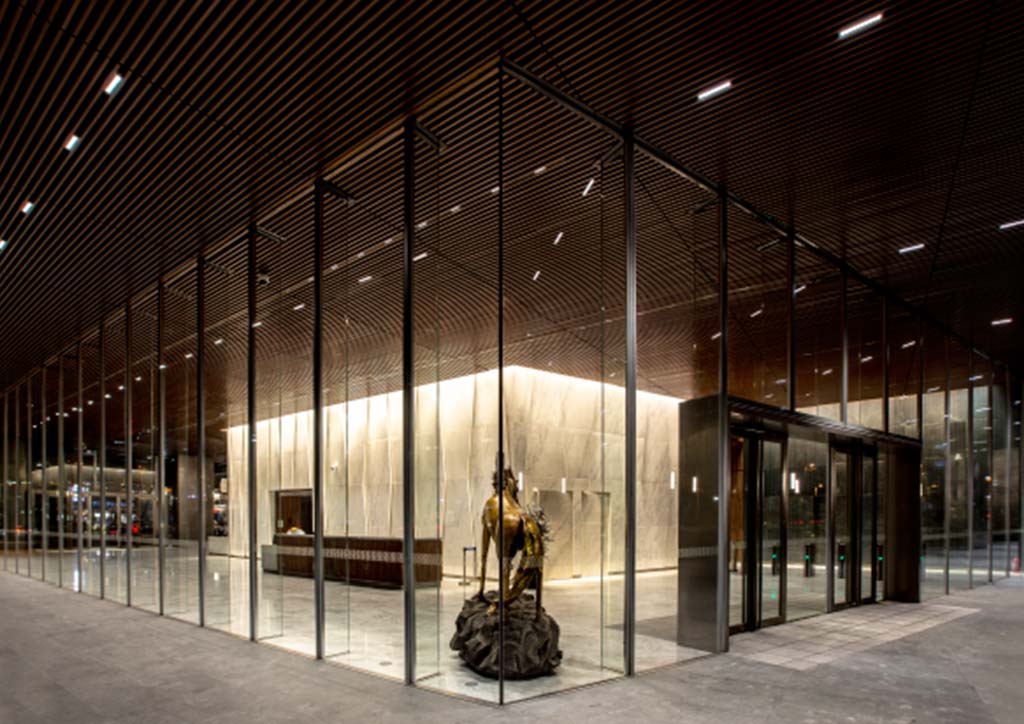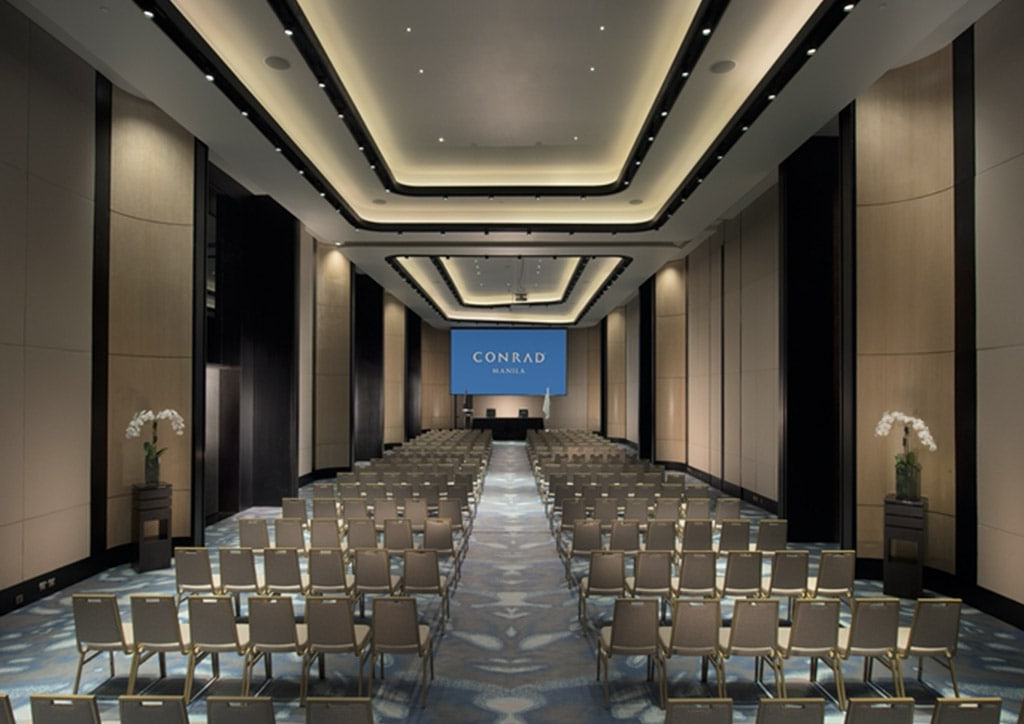
Lighting Healthy Spaces: Interview with Jinkie de Jesus

Familiarity breeds contempt. That’s why when we all had to stay inside our homes for a very long time, their inadequacies became clear, even unbearable, to us. This wall shouldn’t be here, this light is too bright, these pieces of furniture are dull, the bedroom is too cramped, and so on. The pandemic has challenged us to create healthier and more flexible spaces for ourselves and families.
One aspect of space that has a great impact on our health is lighting. BluPrint talks to Jinkie de Jesus, Principal Lighting Designer of Light Plan Inc., about lighting healthy spaces.
BluPrint: As a lighting design professional, how would you define a healthy space?
Jinkie de Jesus: Healthy lighting in a space should be visually comfortable. It should not cause glare to the users. We recommend fixtures with a good glare cut. The ideal for us is a Unified Glare Rating (UGR) of 19 and below.
For the workplace, vertical lighting on the walls should also be considered aside from task lighting. A well-balanced illumination between horizontal and vertical surfaces is key.
Also check the quality of the LED driver, since poor quality ones will cause flickering in the long run and will affect and strain our eyes.

BP: How does lighting help in creating a healthy space?
JDJ: It has a huge impact on the interior, since artificial lighting renders the space’s textures and colors in the absence of natural light. So, providing a good lighting plan and specifying the right products will enhance any space.
For example, in the workplace where we spend more than eight hours a day and stare continuously at our backlit screens, the ambient or general lighting should feel comfortable to its users. Lux levels should not be too high or too low.
When we are doing office projects, we typically recommend 350 lux for the general lighting. In the past, we had 500-600 lux as a standard for the workplace. But in this period where we view our gadgets the entire day, we believe that we should lower illumination levels to adapt to the modern working environment.
READ MORE: Healthy, safe, and certified (again): Menarco Tower receives its second WELL-certification!
BP: What lighting trends or technologies are best to incorporate today in our homes? in the office? in open/public spaces? in hospitals?
JDJ: The big thing now is circadian lighting whereby in a single fixture, we can adjust the color temperature from warm white, to cool white, and daylight. Experts say that our body clock or circadian rhythm functions properly if we get enough natural daylight in our eyes. Having a sound body clock gives us optimal conditions, because the correct hormones are released at the ideal time.
This technology is designed to mimic the natural environment throughout the day. We basically try to place daylight inside the workplace so that the users who can barely go out can get access to natural light inside their offices. Of course, you can get the same effect if you go out and get some sun for thirty minutes a day.
For public spaces, visual comfort, again, is key. For me, glaring LED billboards are a big no-no. Those that we pass along EDSA that blind us with bright white ads, yikes! This can actually be controlled with the right specifications and content. For example, in the evening, the ads should have a dark background.
For hospitals, we see more lounge and reception areas that are lit with warm light. This is good since warm light gives off the feeling of calm and relaxation. We can save the intense white light for the operating rooms.
BP: How would you advise clients in selecting the right fixtures to help them create their own healthy space?
JDJ: Aside from my answer to the first question, I would also advise that you light only where it is needed. The tendency is to put too much fixtures that will not be used. It is both glaring and wasteful. Early planning is key. Once you have your furniture layout finalized, you can create a lighting plan based on the functions of your space. Select fixtures where the bulb or LED chip is a little bit deeper in to minimize glare.
Before buying, it is also good to have a mock-up and sample the light in your space. It is difficult to point out issues when you buy from the store. My advice is to test the fixture in the actual space and evaluate how you feel about it.

The key takeaway from this interview is that we should be mindful of our health and of the spaces where we spend most of our time, since it’s evident that they greatly affect out well-being. It has always been an important consideration, but it has to be further emphasized now that we are adjusting to the so-called “new normal”.
No matter where we are, either relaxing in the bedroom or working in the office, visual comfort is essential when it comes to lighting. For a healthier space and a healthier future, not only the structures themselves but also the components should be flexible. For our selection of lighting fixtures, we must ensure that they can adapt to our activities and circadian rhythm.
To know more about Light Plan Inc., you may visit their website and Instagram page.


